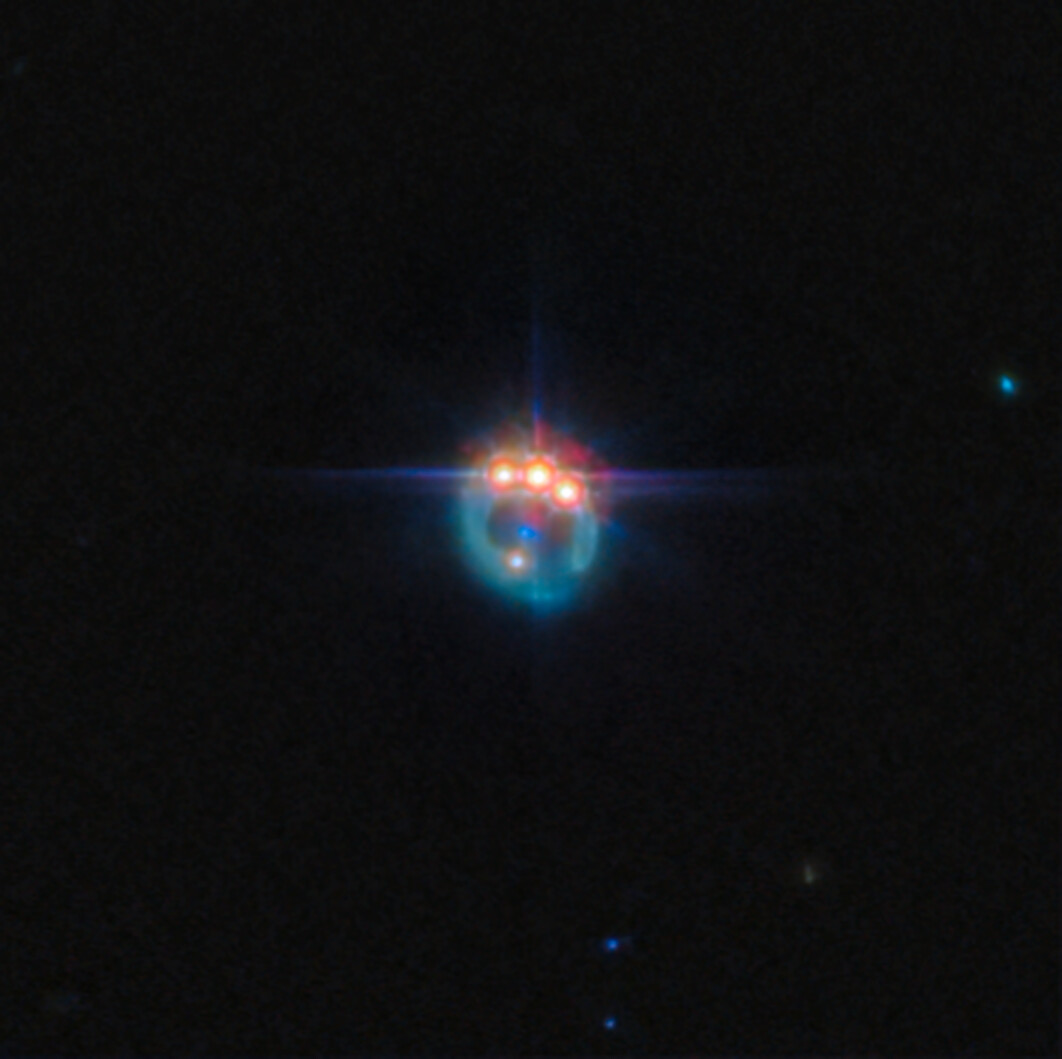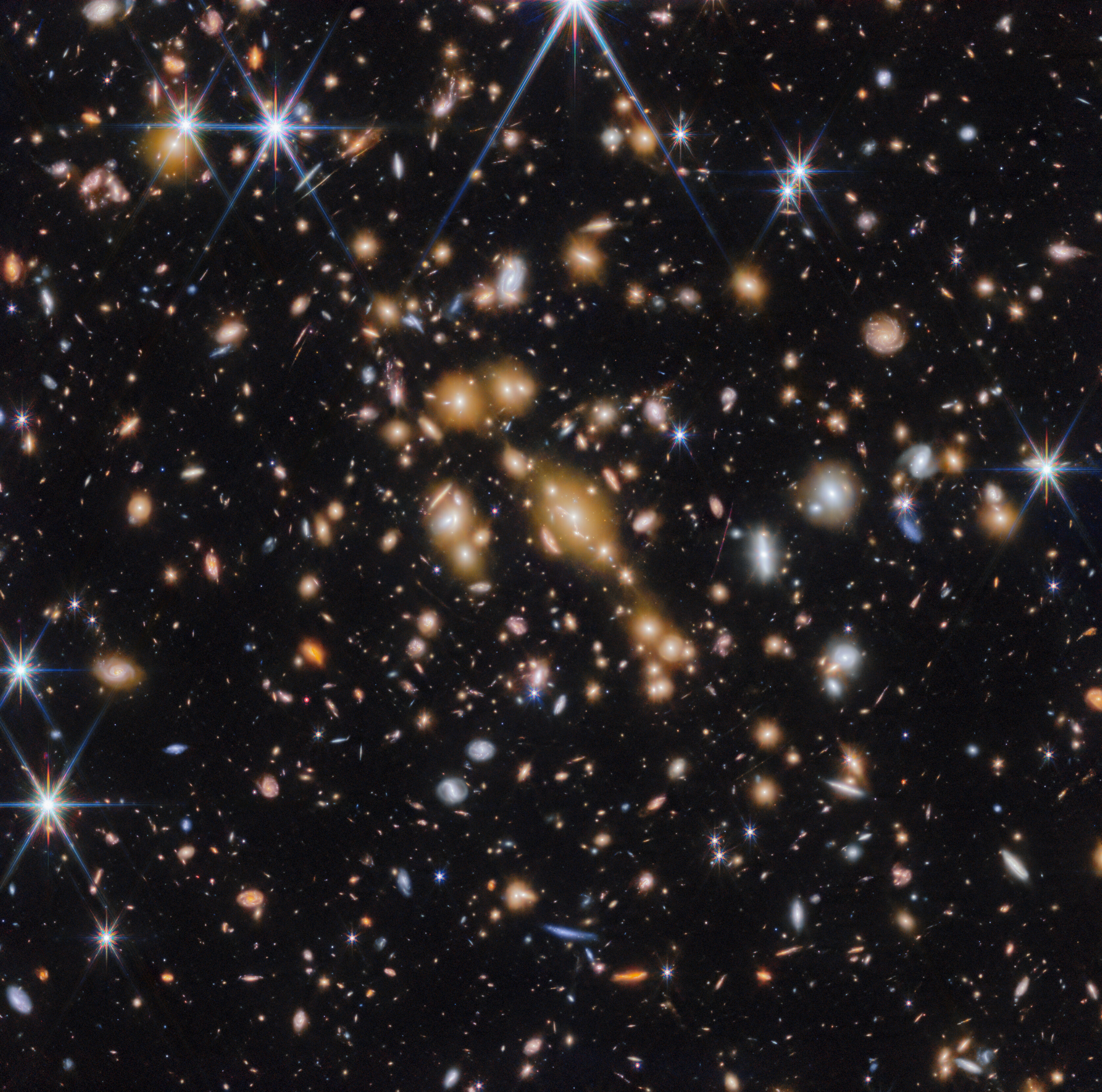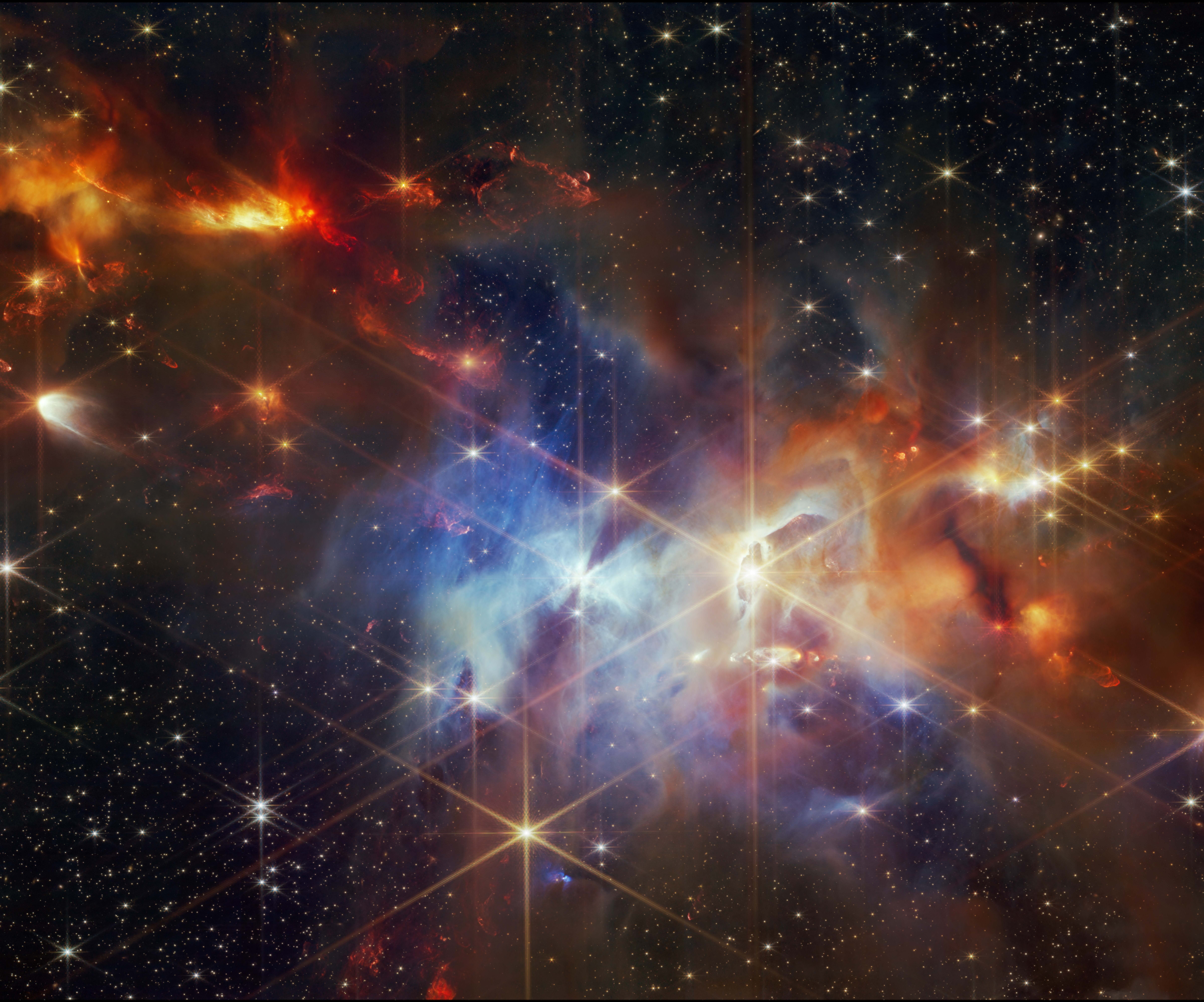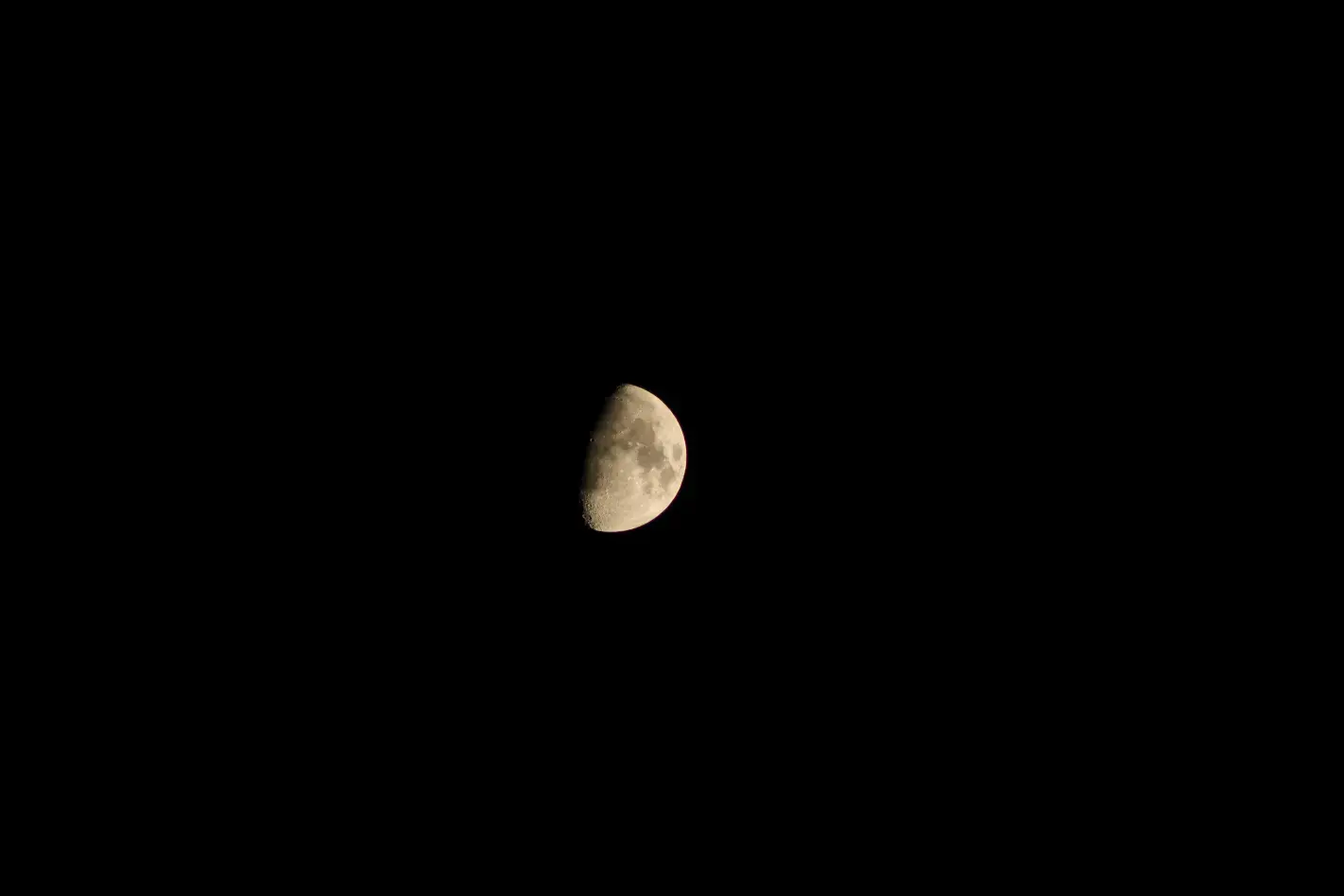Space
7288 readers
2 users here now
News and findings about our cosmos.
Subcommunity of Science
This community's icon was made by Aaron Schneider, under the CC-BY-NC-SA 4.0 license.
founded 2 years ago
MODERATORS
26
27
28
29
31
32
33
34
35
36
37
38
39
40
41
42
43
44
45
46
8
The New Space Race, SpaceX & Starship - Satellite constellations & Launcher Evolution
(yt.artemislena.eu)
47
48
49
50








